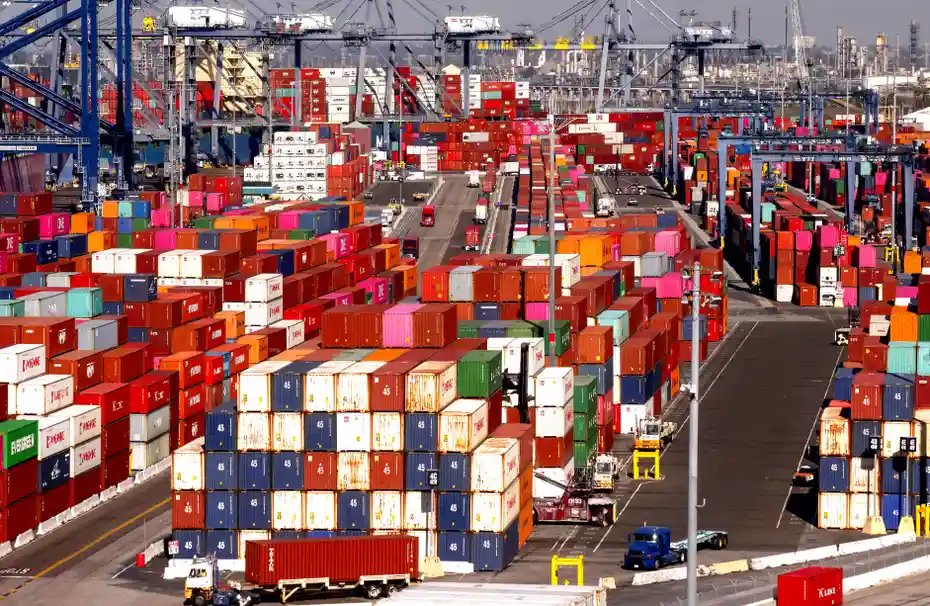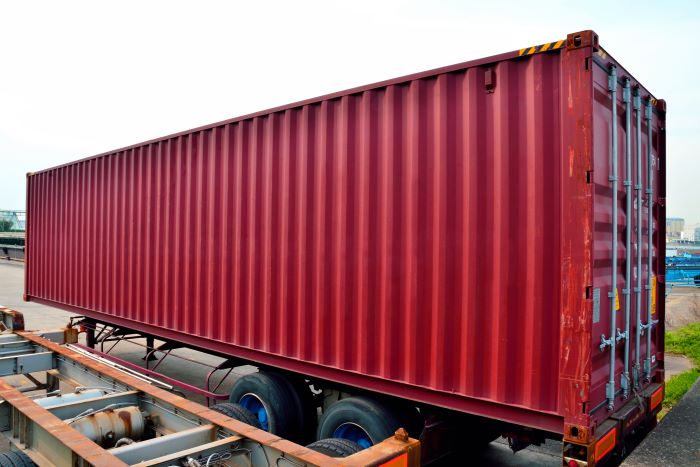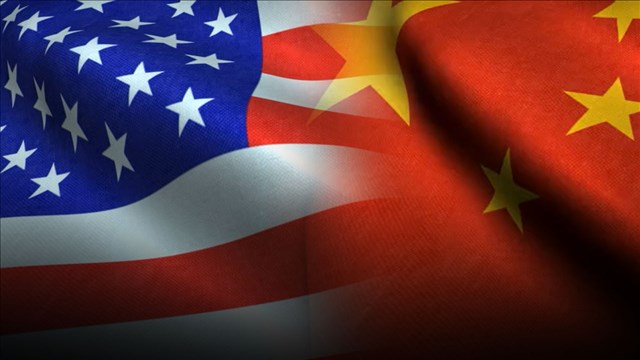Market Prices are still higher, but for how long? Commodity markets are rarely dull and sometimes are outright wild. One-quarter of the way into 2022, and we’ve seen a lot of upward pressure in several commodities. The curious question is how long is this going to last given multiple outside factors that could bring the higher push to a halt.
Mike Zuzolo is the founder and president of Global Commodity Analytics in Atchison, Kansas. He’s been working in the markets in various positions since November 1995. Zuzolo has seen a lot of ups and downs over the years, and the corn market has been near all-time highs for quite a while.

“We’ve been within reach of the all-time high for corn set in August 2012, at $8.43 3/4,” he said on the phone from Kansas. “You have the Hard Red Wheat drought, you have the E15 blend increase this summer, planting delays that are pressuring a marketplace that’s expecting more acres than what the USDA predicted earlier this year.
“And then you have the soybeans getting support from the vegetable oil market, which is supported by the crude oil market, and that is supported by the biggest feature of all, the war in Ukraine,” Zuzolo added.
Over the past four months, Zuzolo said there are two overarching factors that had the most influence on the corn market prices. One is the idea from the Federal Reserve that the U.S. had transitory inflation. At roughly the same time the Fed began to publicly acknowledge that wasn’t the case, Russia began its attack on Ukraine. He said most people didn’t seem to truly expect that would happen.
He calls these two events “black rhinos.” Those are events the public knew were possible but kind of turned away from, not thinking they would actually happen. “They aren’t like black swans that we didn’t know where out there,” he said. “You didn’t think they would have the impact on the markets that’s happened so far.”
The market prices could potentially feel the impacts of the war in Ukraine for years. Zuzolo, a long-time market observer, says the length of the impact may depend on who “wins” the war and how big it may get before it’s done.
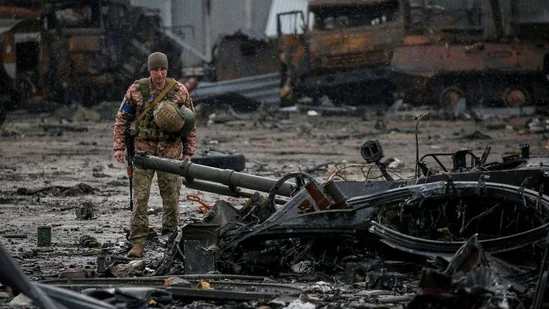
“Does NATO get involved?” he wondered, “It would then go from two countries directly involved with a lot of support from multiple other countries, or does it expand into a NATO and China and Syria and Iran conflict. The regional conflict would have a great chance of blossoming into more of a full-on world war.”
He thinks the trade is beginning to take the potential conflict escalation into account, “and they should.” A recent weekly stocks report of distillate fuels in the U.S., which is mainly heating oil and diesel fuel, showed America’s distillate fuels at their lowest point since 2008.
“All of the sudden, we have a situation where the wheat market is contending with a situation similar to 2008 in terms of drought potential, knocking down yields,” he said. “Now, we have the energy sector also looking like 2008. If you throw the Russia/Ukraine issue on top of that, then yes, you could have something that lasts for quite some time.”
There are a lot of negative features out there that can affect market prices. He said the trade can’t get a handle on what the supply is right now. Folks in the markets don’t know if the demand is being rationed aggressively enough at this point, because they don’t know if the supply has stopped going down yet.
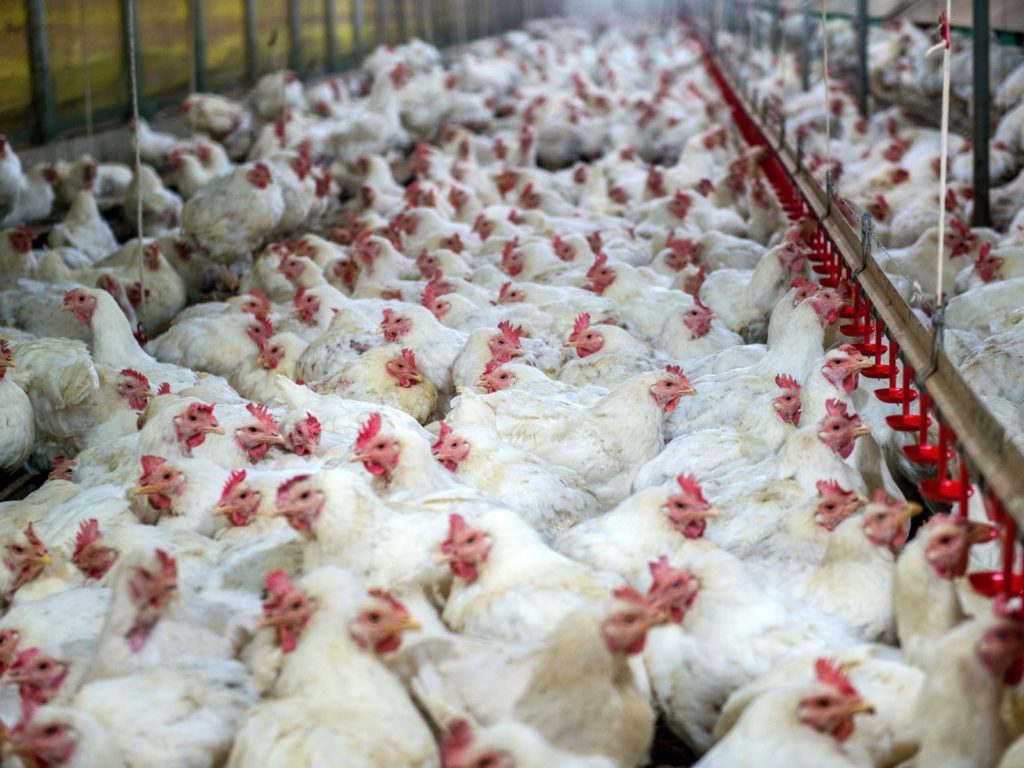
“The Highly Pathogenic Avian Influenza is in 20-something states right now,” Zuzolo said, “we have a hog herd that is shrinking as of the March Hogs and Pigs Report, and we have a cattle herd that is seeing an almost-weekly drop of one-to-three pounds on a dressed basis. I think we’re only four or five pounds above where we were a year ago, and this is in the beginning of what could be one of the worst droughts in cattle country.”
The International Monetary Fund (IMF) recently cut world GDP by almost a full percentage point just since January. While the IMF puts a lot of it at the foot of the war in Ukraine, Zuzolo says it goes back to the supply chain issues. The U.S. couldn’t afford any more problems on the supply side with energy and crude oil than what the country already faced because of COVID-19.
Thinking long term, Zuzolo spoke to the possibility of the U.S. having to ration exports in order to make sure the U.S. had enough food to feed the country. He doesn’t think it will happen in terms of food exports, but it could happen in other sectors.
“In terms of crude oil, we recently lost a lot more barrels of oil than the trade expected,” Zuzolo said. “It wasn’t because of extra strong demand, it was three times more than the trade expected because we were exporting it out the door. If we can’t bring up the rig count here in the United States and start producing more to meet international and domestic demand, it will then be time to start thinking about rationing.”
Zuzolo said this will have to be a topic of conversation three-to-six months down the line if the war expands and the conflict gets any bigger than it already is. In the meantime, it’s harder than ever to guess what’s ahead in 2022 for the markets.
“I’m gonna stick with what I’ve said recently,” he said. “Because this is a supply cost-push, weather-induced, inflationary move, I still feel the first half of calendar year 2022 is the best time for grain hedgers to get their hedges in place, and yes, I do think they’ll need them. It’s because of the fact that it’s not demand led, and that we are on track for a recession, a greater than 50 percent chance, by the fourth quarter of this year.”

He says it’s important to get grain hedges in place by the end of June. For the livestock and poultry producer, the second half of 2022 is going to give them a better opportunity to hedge better profit.
“At that point, not only will high market price prices for grains pull down the weights, the HPAI will pull down supply, as will some natural herd reductions. That will all begin to be felt in the market price and the available supplies of market-ready cattle and hogs by the time we get to August and September.
“I still want to hedge the livestock markets, but I don’t think we’re on as big of a timeline as I am on the grains during the first half of the year,” he added.



